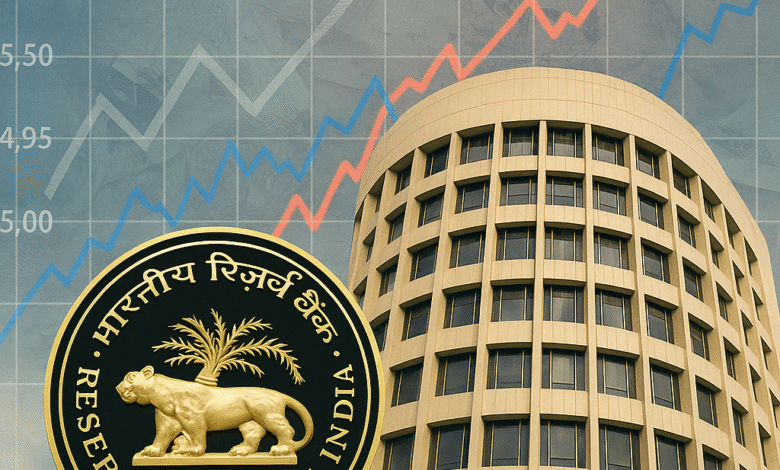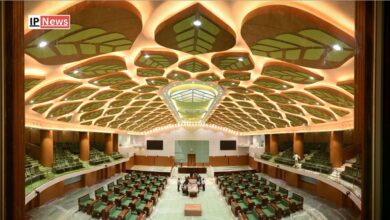
📍New Delhi | IP News | June 19, 2025
The Reserve Bank of India (RBI) has initiated a comprehensive review of the short-term interest rate framework in the interbank market to enhance the effectiveness of its monetary policy. The central bank aims to align the call money rate—charged by banks for overnight loans to one another—more closely with the repo rate, the benchmark rate at which the RBI lends to commercial banks.
Strengthening Monetary Policy
Effective monetary policy transmission ensures that changes in the repo rate directly influence lending rates, deposit rates, and overall liquidity in the economy. Misalignment between the call money rate and the repo rate can weaken this process, reducing the RBI’s ability to steer economic growth or control inflation. By addressing this gap, the RBI seeks to ensure that rate adjustments have a more immediate and predictable impact on the financial system.
Variable Rate Reverse Repo (VRRR) Expansion
To manage liquidity, the RBI is exploring broader use of the Variable Rate Reverse Repo (VRRR) mechanism, which allows the central bank to absorb excess funds from the banking system. This move follows recent efforts to inject liquidity and a slight reduction in the repo rate to support India’s medium-term economic growth targets, projected at 7.2% for 2025-26.
Context and Expert Insights
The review comes amid global economic uncertainties and volatile capital flows, which can disrupt domestic financial stability. A more agile rate framework will allow the RBI to respond swiftly to external pressures while maintaining focus on domestic priorities like inflation control and growth.
“When short-term money rates are not in sync with the policy rate, monetary policy loses precision,” said a senior economist from SBI Research, emphasizing the need for this reform.
Implications for India
A stronger monetary transmission framework could lead to more stable loan and deposit rates, benefiting businesses and consumers. However, experts note that the RBI must balance liquidity management with the risk of over-tightening, which could dampen economic activity.




